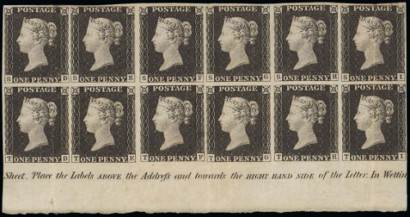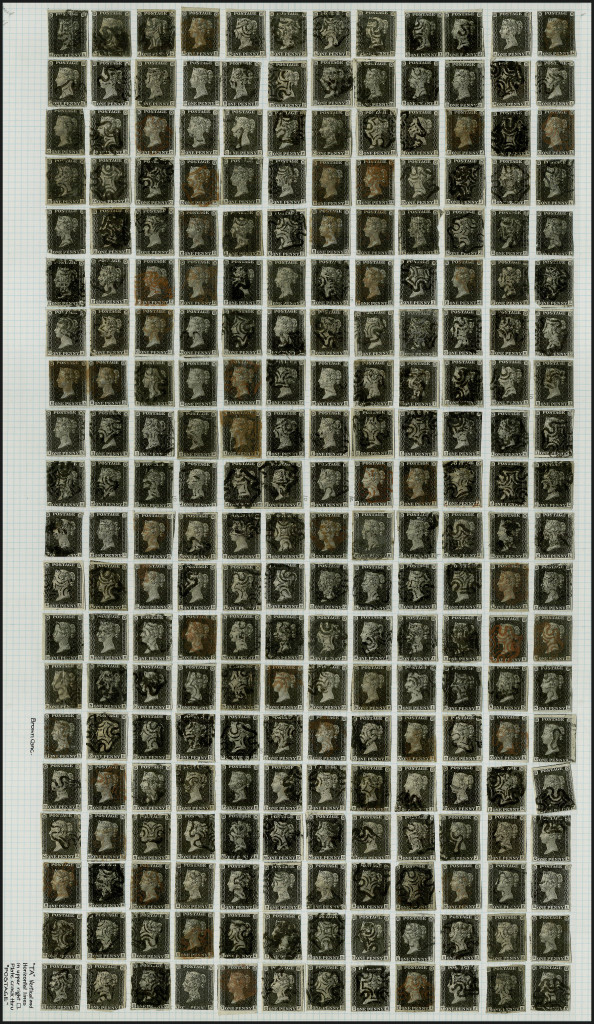
Today, in 1840 — 175 years ago! — the first ever postage stamp was born in Great Britain.
Before then it was awful because the person getting the letter had to pay–upon delivery. Rates were high and never the same and very confusing–so, not surprisingly people often refused to pay.
But a teacher saved the day! (No surprise. Don’t they always?)
Along came a schoolmaster named Rowland Hill with a new idea for a system of fixed postal rates based on weight and postage paid by the sender. (Help! Someone is crying. Help us! Must we have a postal lecture?! No really. It’s interesting. I promise it really is.)
Here’s the first ever mention of the first ever postage stamp:
“…A bit of paper just large enough to bear the stamp, and covered at the back with a glutinous wash…
(Glutinous. Don’t you love that word? What about trying to drop that into conversation today?)
The original design was black with an engraved image of the queen–priced at a penny, and so it was called the Penny Black. (The Queen had a pony tail.)

And here’s what I love–leave it to a teacher to do this–the new postage stamp system encouraged a whole new section of society to learn to read and write.
And here’s another thing I love: because Britain was the first country to use the system, it never has put the country name on its stamps. Did you ever notice?
British stamps just have an image of the reigning monarch.
How very somehow British of it.
In case Mr. Hill has inspired anyone else to become a teacher, here are some important teaching tips from my book “How to Get a Job” …
Image sources:
{1: postalheritage.org} {2: gaukartifact.com} {3: siegelauctions.com}

